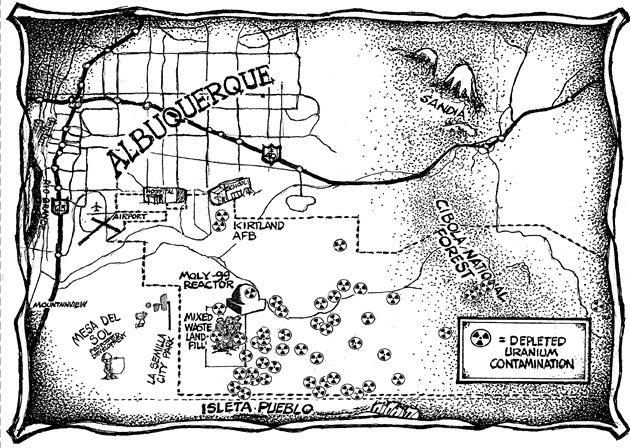
Confederated Tribes of Umatilla Indian Reservation
Confederated Tribes of Umatilla Indian Reservation is one of 39 environmental and peace organizations that won a landmark lawsuit against the U.S Department of Energy for failure to follow-through on adequate environmental cleanup during its 50+ years of nuclear weapons research, testing, and production. Part of this settlement was the establishment of the MTA Fund (Citizens’ Monitoring and Technical Assessment Fund), which provided $6.25 million for tribes and non-profit organizations to assess and conduct independent technical and scientific studies regarding the multitude of technical, ecological, and health issues surrounding the nation’s nuclear weapons complex.
Clark University was chosen by the non-profit peace and environmental groups as the conservator of these reports to ensure they remain available to the public in perpetuity. The unconventional election of university as conservator is an innovative example, particularly within the era of Web 1.0, of higher education as protector and provider of information through wide dissemination.
The research and reports available in this series were conducted by the Confederated Tribes of Umatilla Indian Reservation with their allocated portion of the MTA fund.
If you have any questions or concerns please contact us at digitalrepository@clarku.edu.
-

Interests and Expectations of the Confederated Tribes of the Umatilla Indian Reservation Regarding Hanford and Hanford-Affected Lands
Confederated Tribes of Umatilla Indian Reservation
This document updates the previous document “Scoping Report: Nuclear Risks in Tribal Communities” prepared by Confederated Tribes of the Umatilla Indian Reservation (CTUIR) in 1995. At the time, “no comprehensive or sitewide evaluation of risks and costs has been performed at Hanford.” A decade later, this is still true. It is also still true that “a full risk picture must include addressing the impacts over time.”
This report provides a more docused perspective on how to establish both technically and politically defensible environmental management approach in an era of continued fiscal constraints. This was true in 1995 and is even more constraining in 2006. A major stakeholder-driven document was written in 1996 (Columbia River Comprehensive Impact Assessment, Part II). We believe that an investment by the Department of Energy (DOE) in a more effective and efficient risk assessment approach as well as increased emphasis on integration of Natural Resource Damage Assessment (NRDA) and Stewardship into the Comprehensive Environmental Response, Compensation, and Liability Act (CERCLA) process will ultimately save the DOE money by reducing future maintainence and other costs.
This research was completed money allocated during Round 6 of the Citizens’ Monitoring and Technical Assessment Fund (MTA Fund). Clark University was named conservator of these works.
If you have any questions or concerns please contact us at digitalrepository@clarku.edu


